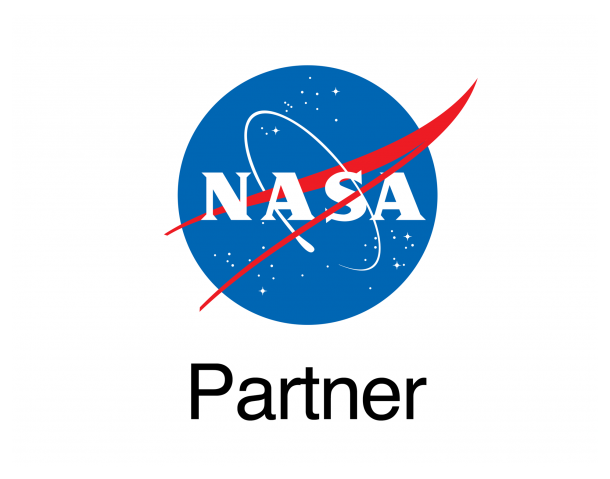Hubble and New Horizons Views of Uranus

stsci_2024-033a October 9th, 2024
Credit: NASA, ESA, STScI, Samantha Hasler (MIT), Amy Simon (NASA-GSFC), New Horizons Planetary Science Theme Team; Image Processing: Joseph DePasquale (STScI)
In this image, two three-dimensional shapes (top) of Uranus are compared to the actual views of the planet from NASA's Hubble Space Telescope (bottom left) and NASA's New Horizon's spacecraft (bottom right). These two missions recently simultaneously observed the gas giant, comparing high-resolution images from Hubble to the smaller view from New Horizons. This combined perspective will help researchers learn more about what to expect while imaging planets around other stars with future observatories.
The gas giant planets in our solar system have dynamic and variable atmospheres with changing cloud cover. By knowing the details of what the clouds on Uranus looked like from Hubble, researchers are able to verify what is interpreted from the New Horizons data.
While it was clear the cloud features were not changing with the planet's rotation, Uranus appeared dimmer in the New Horizons data than expected.
Researchers found this has to do with how the planet reflects light at a different phase than what Hubble can see. This showed that exoplanets may be dimmer than predicted at partial and high phase angles, and that the atmosphere reflects light differently at partial phase.
Provider: Space Telescope Science Institute
Image Source: https://hubblesite.org/contents/news-releases/2024/news-2024-033
Curator: STScI, Baltimore, MD, USA
Image Use Policy: http://stsci.edu/copyright/

- ID
- 2024-033a
- Subject Category
- A.1.1.2
- Subject Name
- Uranus
- Credits
- NASA, ESA, STScI, Samantha Hasler (MIT), Amy Simon (NASA-GSFC), New Horizons Planetary Science Theme Team; Image Processing: Joseph DePasquale (STScI)
- Release Date
- 2024-10-09
- Lightyears
- Redshift
- Reference Url
- https://hubblesite.org/contents/news-releases/2024/news-2024-033
- Type
- Collage
- Image Quality
- Good
- Distance Notes
- Facility
- Hubble, Hubble, Hubble
- Instrument
- WFC3/UVIS, WFC3/UVIS, WFC3/UVIS
- Color Assignment
- Blue, Green, Red
- Band
- Optical, Optical, Optical
- Bandpass
- Central Wavelength
- 467, 657, 845
- Start Time
- Integration Time
- Dataset ID
- Notes
- Coordinate Frame
- ICRS
- Equinox
- Reference Value
- 0, 0
- Reference Dimension
- Reference Pixel
- Scale
- Rotation
- Coordinate System Projection:
- Quality
- Position
- FITS Header
- Notes
- Creator (Curator)
- STScI
- URL
- http://stsci.edu
- Name
- Space Telescope Science Institute Office of Public Outreach
- outreach@stsci.edu
- Telephone
- 410-338-4444
- Address
- 3700 San Martin Drive
- City
- Baltimore
- State/Province
- MD
- Postal Code
- 21218
- Country
- USA
- Rights
- http://stsci.edu/copyright/
- Publisher
- STScI
- Publisher ID
- stsci
- Resource ID
- STSCI-H-p24033a-f-1896x1792.tif
- Resource URL
- https://mast.stsci.edu/api/latest/Download/file?uri=mast:OPO/product/STSCI_PR_2024-033/STSCI-H-p24033a-f-1896x1792.tif
- Related Resources
- Metadata Date
- 2024-10-09T15:43:29-04:00
- Metadata Version
- 1.2
Detailed color mapping information coming soon...












